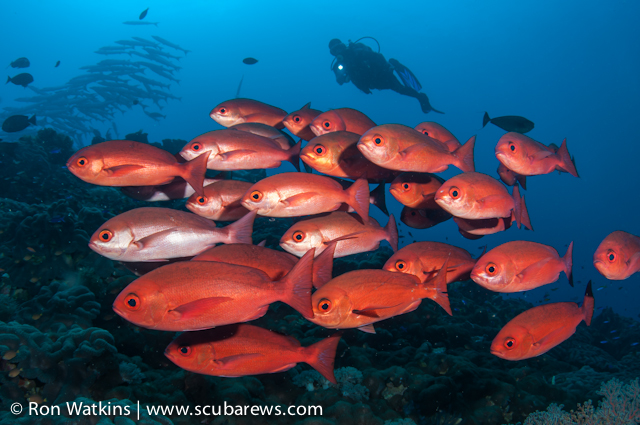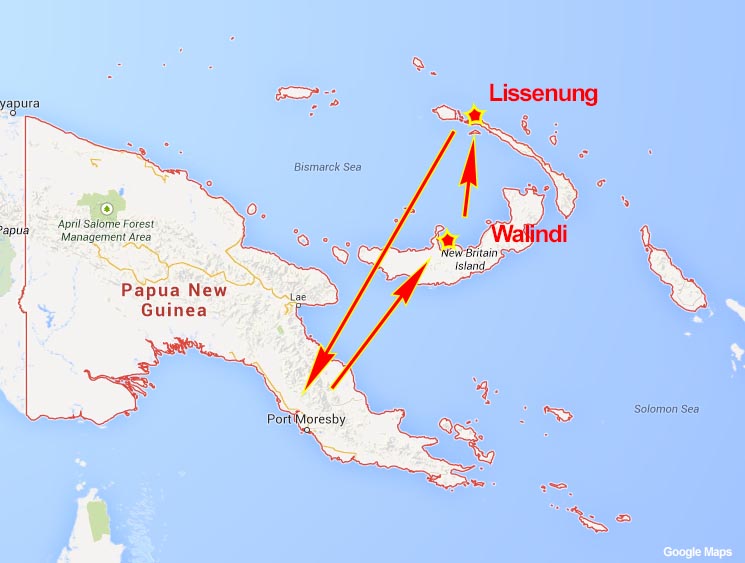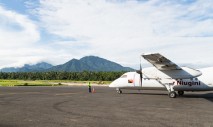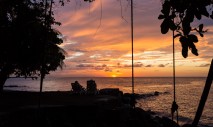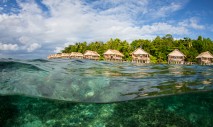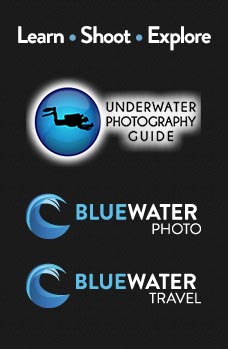Papua New Guinea is a world-class dive destination with pristine coral reefs, extremely rich marine life and lots of biodiversity. Located in the “coral triangle,” the island offers everything from coral atolls and walls, barrier reefs, WWII wrecks and an abundance of wide-angle and macro subjects that are famous to the Indo-Pacific.
The diving in Papua New Guinea is centered around islands in the Bismark Sea and Milne Bay, as well as many coral reefs off the mainland. Below are descriptions and a map of the various dive regions.
KIMBE BAY
Kimbe Bay is located on New Britain Island, and is known for its abundant, diverse marine life and exceptionally healthy reefs. Kimbe Bay highlights include Father’s Reef and South Emma, known for pelagics like sharks and baracudas, and Susan’s Reef, celebrated for its colorful soft corals, fans and other wide-angle scenery. Witu islands are also nearby, famous for schooling fish and loads of soft corals as well as unusual critters. Best dive typically conditions are May/June and September – December.
KAVIENG
Located on the northwest tip of New Ireland, Kavieng is best known for big animals like reef sharks and semi-pelagic fish like Dog-tooth tuna, Spanish mackerel and barracuda, as well as excellent soft corals, sponges and fans, all of which thrive in the stronger currents. There are also some great World War II wrecks. Best dive conditions are typically April – June, September – early December.
ORO PROVINCE
Forming the northern coast of the main island of New Guinea, scenery in this region could be described as tropical fiords – gorgeous, lush, green, and very isolated, with no roads leading to it. The diving is a mix of critter diving and great reefs. Best dive conditions are typically August – November.
MILNE BAY
Milne Bay encompasses the easternmost point of the huge island of New Guinea. For macro critters, this region is hard to beat. It is the original place for “muck diving”, and helped put PNG on the map for diving. Critters include host pipefish, flatworms, seahorses, frogfish, cuttlefish, mandarin fish, lots of nudibranchs, among many others. Best dive conditions are typically November – February.
BOOTLESS BAY / LOLOATA ISLAND
Easily accessed from the capital of Port Moresby, Loloata Island offers a bit of everything, from prolific fish life, thriving corals, rare species like Rhinopias scorpionfish, and even big fish like Napolean wrasse and reef sharks. Best dive conditions are typically October – December.
For the Best of Southeast Asia, we’ll be visiting Walindi Plantation Resort in Kimbe Bay as well as Lissenung Island Resort in Kavieng. Stay tuned as we explore the diving in each reason and post daily underwater photos, videos and more!

